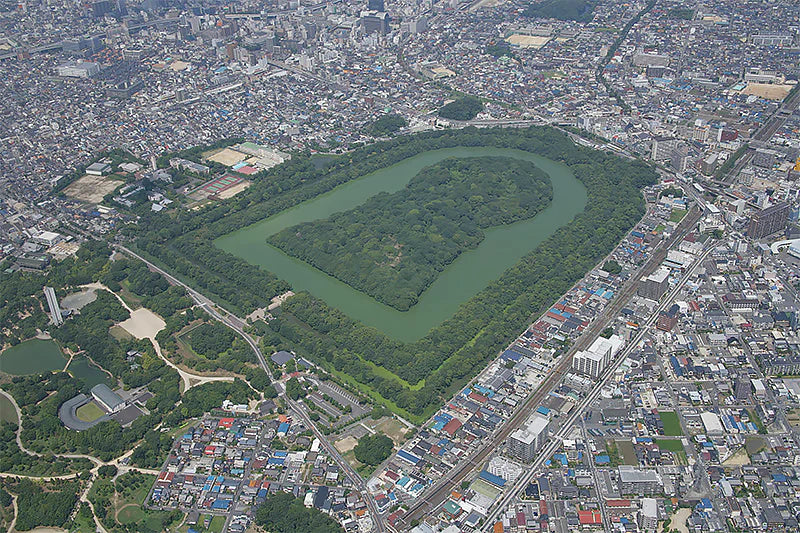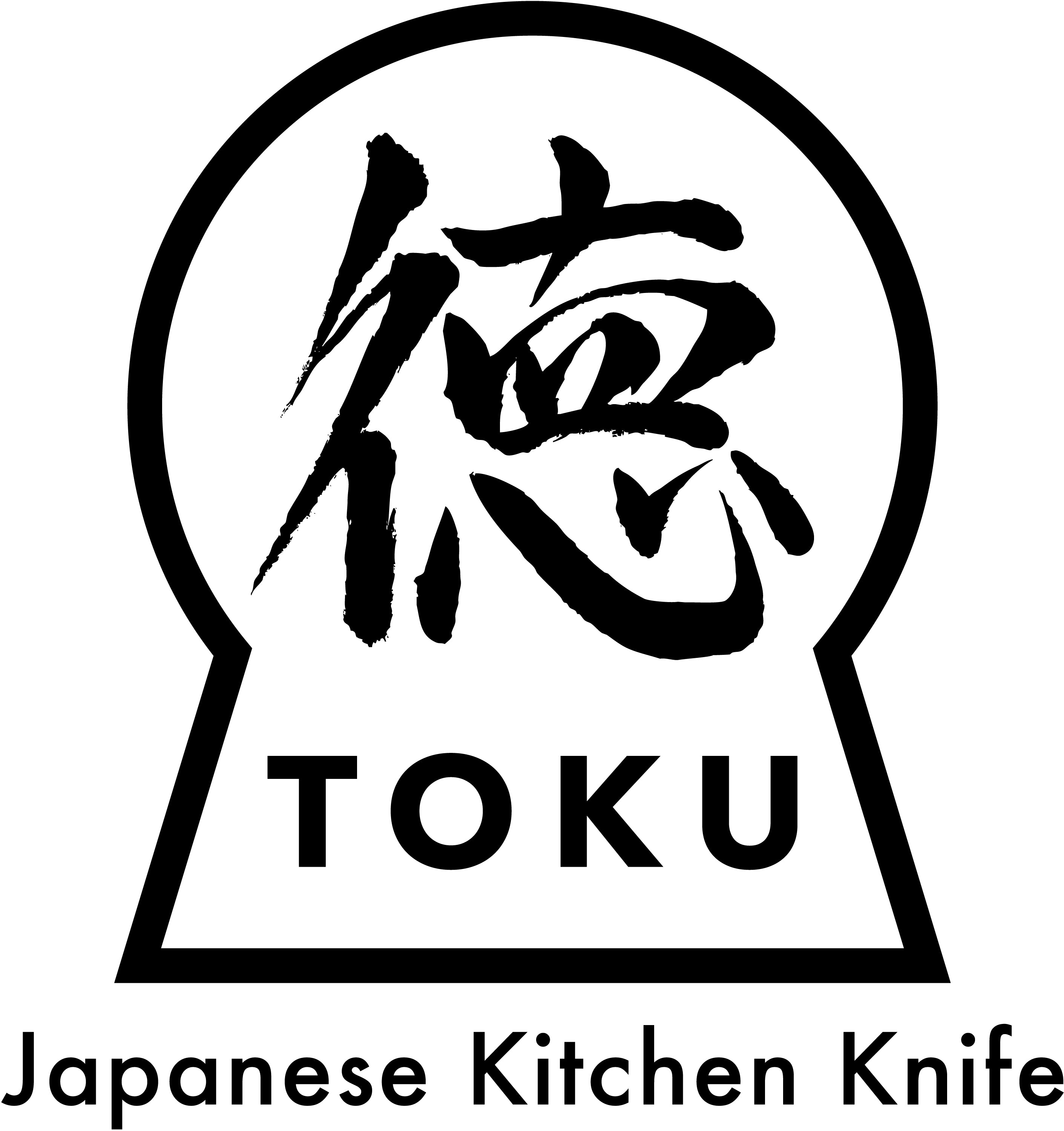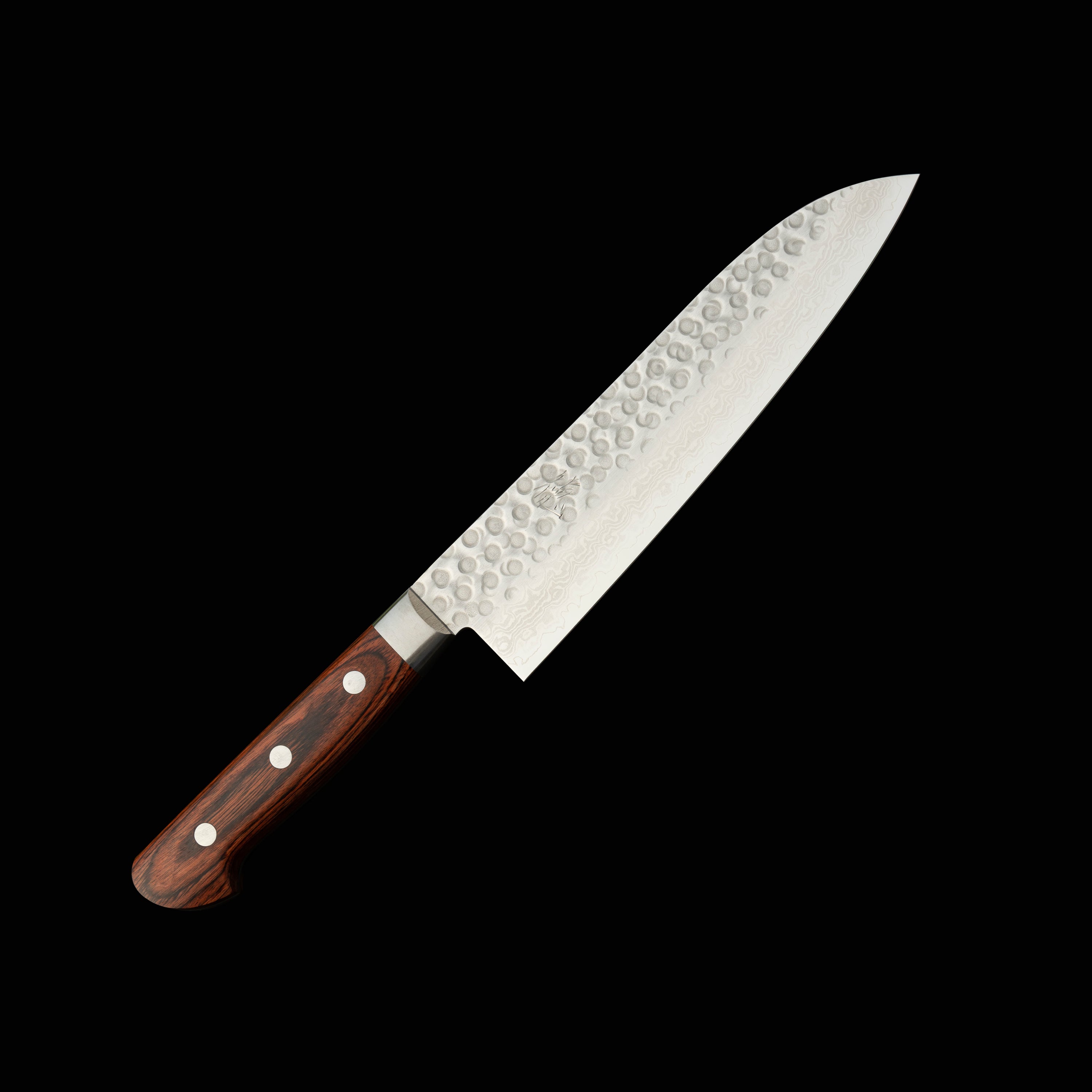
[2024] Production area of knives
I am Okudaira, the owner of "Japanese Kitchen Knife TOKU''.
Thank you for your continued support of "Japanese Kitchen Knife TOKU'' this year as well.
We want to sell knives made in our hometown of Sakai, Osaka, so we purchase and sell knives made in Sakai from a knife manufacturer in Sakai.
We don't just sell knives, we visit a number of blacksmiths and bladesmiths in Sakai to help our customers understand knives, experience the actual work, and hear from the craftsmen. I'm here. In addition to Sakai, we also visit Seki in Gifu, Tsubame-Sanjo in Niigata, Tanegashima in Kagoshima and Katsushika in Tokyo, in an effort to deepen our understanding of the characteristics and commitment of each.
Production area of knives
Knives are made all over Japan.
This time, we will focus on the following three famous production areas for knives.
① Seki City, Gifu Prefecture ② Tsubame-Sanjo, Niigata Prefecture ③ Sakai City, Osaka Prefecture
Now, let's take a look at the characteristics of each.
① Seki City, Gifu Prefecture
From the Kamakura period to the Muromachi period, swordsmiths settled there and began making Japanese swords due to the availability of high-quality clay, water, and charcoal, which were essential for making Japanese swords, and this is said to be the beginning of "Knife Town Seki." It is being said.
It seems that the Japanese swords made in Seki were loved by many samurai. It is said that the famous Date Masamune also used Seki's Japanese swords.
When the Sword Abolition Order was issued in 1899, the production of Japanese swords decreased, so he turned to making knives and continued to make a living.
In Seki, not only knives but also razors and scissors are produced by making use of cutting edge manufacturing techniques.
Famous companies include KAI corporation and FEATHER SAFETY RAZOR.
Famous knife brands include "Seki Magoroku", "Misono ," and "Seki Kotetsu".
Nowadays, it is famous for producing cheap and sharp stainless steel knives using machines.
In the knife sales corner of supermarkets and home centers, you can find products from Seki Magoroku that can be purchased for less than 10,000 yen.
It's nice to be able to purchase stainless steel Santoku knives and petty knives at reasonable prices.
②Tsubamesanjo, Niigata Prefecture
It is said that Sanjo City, Niigata Prefecture, started manufacturing Japanese nails as a side job for farmers by inviting nail craftsmen from Edo to help farmers who were suffering from river flooding.
Among them, people specializing in blacksmithing emerged, and the manufacture of saws and hatchets began. As a result, cutlery began to be produced in large quantities, and hardware merchants began to appear and sell them all over the country.
It is thought that manufacturing techniques improved because there were craftsmen who made not only knives but also hoes and machetes, and hardware merchants listened to the needs of various regions and produced products in response to those requests.
This area is known for its advanced hardware processing technology, and is actively producing not only cutlery, but also cutlery such as spoons and kettles.
Famous companies include YOSHIDA METAL INDUSTRY and Tojiro.
When it comes to knife brands, "GLOBAL" and "Tojiro" are famous.
GLOBAL became famous when it released the first all-stainless steel knife in Japan. I think this gave the image of an all-stainless steel knife called Tsubame-Sanjo.
③Sakai City, Osaka Prefecture
The world's largest ancient tomb, Nintoku Mausoleum, is located in Sakai City, Osaka. It is thought that a large number of hoes and spades were used in the construction of kofun.
Guns introduced from Portugal in 1543 were brought to Sakai via Tanegashima, and the blacksmithing techniques used to make knives were also used to make guns.
It is said that Sakai knives began in the Tensho era around 1573 when tobacco knives for chopping tobacco leaves were made. Later, the Tokugawa shogunate sold them exclusively under the seal of "Sakai Kiwami", and the sharpness and fame of Sakai knives spread throughout the country.
In addition to knives, scissors are also made, but the cooking knives used by craftsmen are most famous. They are good at making Japanese knives made of steel, and it is said that 90% of professional chefs use Sakai knives.
Famous companies include Aoki Hamono, Sakai Toji, and Jikko.
Examples of inscriptions on knives include "Sakai Takayuki" and "Jiko".
Because each knife is made by hand by a craftsman, the production volume is lower than that of Tsubame-Sanjo and Seki, but it is unique in that it is good at making Japanese knives such as Deba knives and Yanagiba knives.
I have talked about the three major production areas for Japanese knives, but knives are also made in places other than the three major production areas.
Recently, knife specialty stores selling knives from Echizen in Fukui Prefecture and Tosa in Kochi Prefecture, have become more prominent.
Knives are also made in Miki in Hyogo Prefecture, Aomori Prefecture, Tanegashima in Kagoshima Prefecture, and Katsushika in Tokyo. Although there are differences in production volume, there is no doubt that knives from all regions are excellent.
Let's go to a knife store!
If you don't understand it until you see it, go to a knife store and try holding a knife. However, most stores do not allow you to try cutting the knife, so you cannot check the sharpness before purchasing.
If you don't have a store that sells knives near you, it's best to purchase from a knife specialty store's mail order site.
"Japanese Kitchen Knife TOKU" has a video showing the actual cutting process, so please use it as a reference.
https://www.youtube.com/@japanknifetoku/videos



Leave a comment
This site is protected by hCaptcha and the hCaptcha Privacy Policy and Terms of Service apply.